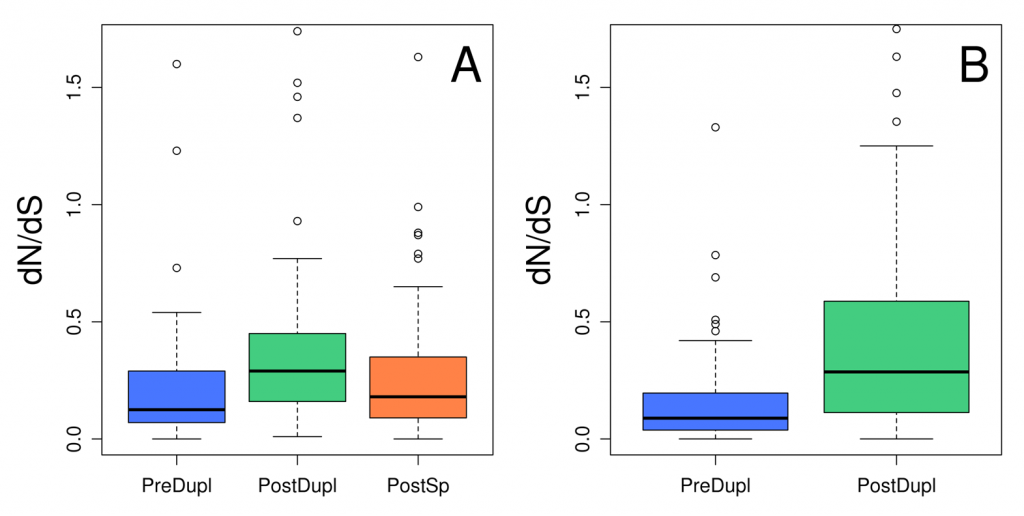We have recently published a paper at Integrative and Comparative Biology, embedded in the special issue Hibernation Dynamics in Mammals, where we query the latest available genomic data to explore a particularly interesting mammalian-specific adaptation: hibernation.
Abstract:
In recent years, the study of the molecular processes involved in mammalian hibernation has shifted from investigating a few carefully selected candidate genes to large-scale analysis of differential gene expression. The availability of high-throughput data provides an unprecedented opportunity to ask whether phylogenetically distant species show similar mechanisms of genetic control, and how these relate to particular genes and pathways involved in the hibernation phenotype. In order to address these questions, we compare 11 datasets of differentially expressed (DE) genes from two ground squirrel species, one bat species, and the American black bear, as well as a list of genes extracted from the literature that previously have been correlated with the drastic physiological changes associated with hibernation. We identify several genes that are DE in different species, indicating either ancestral adaptations or evolutionary convergence. When we use a network approach to expand the original datasets of DE genes to large gene networks using available interactome data, a higher agreement between datasets is achieved. This indicates that the same key pathways are important for activating and maintaining the hibernation phenotype. Functional-term-enrichment analysis identifies several important metabolic and mitochondrial processes that are critical for hibernation, such as fatty acid beta-oxidation and mitochondrial transport. We do not detect any enrichment of positive selection signatures in the coding sequences of genes from the networks of hibernation-associated genes, supporting the hypothesis that the genetic processes shaping the hibernation phenotype are driven primarily by changes in gene regulation.



